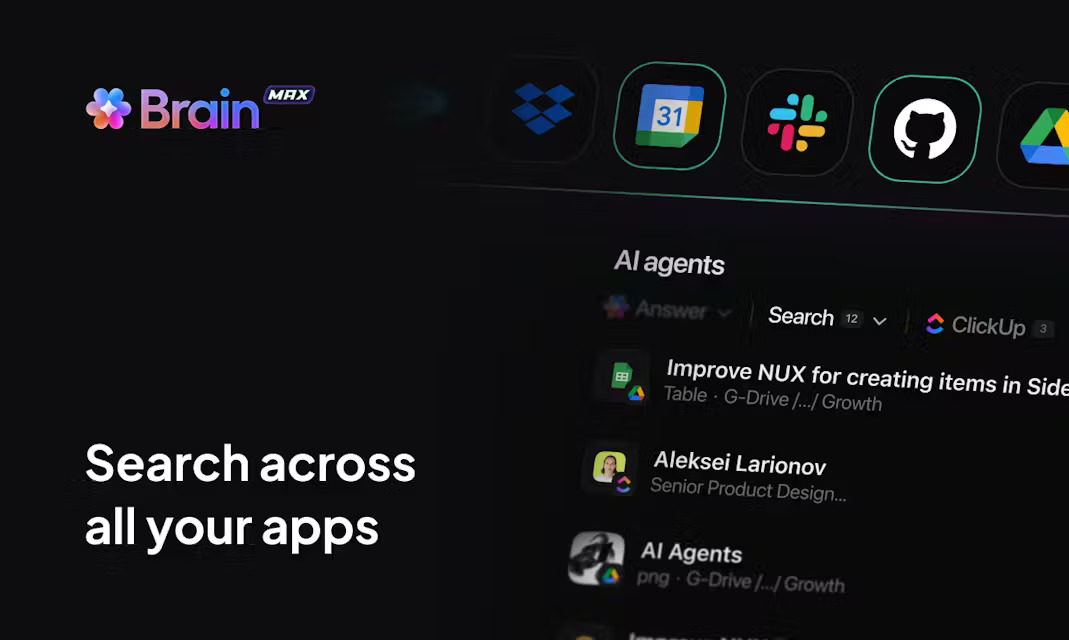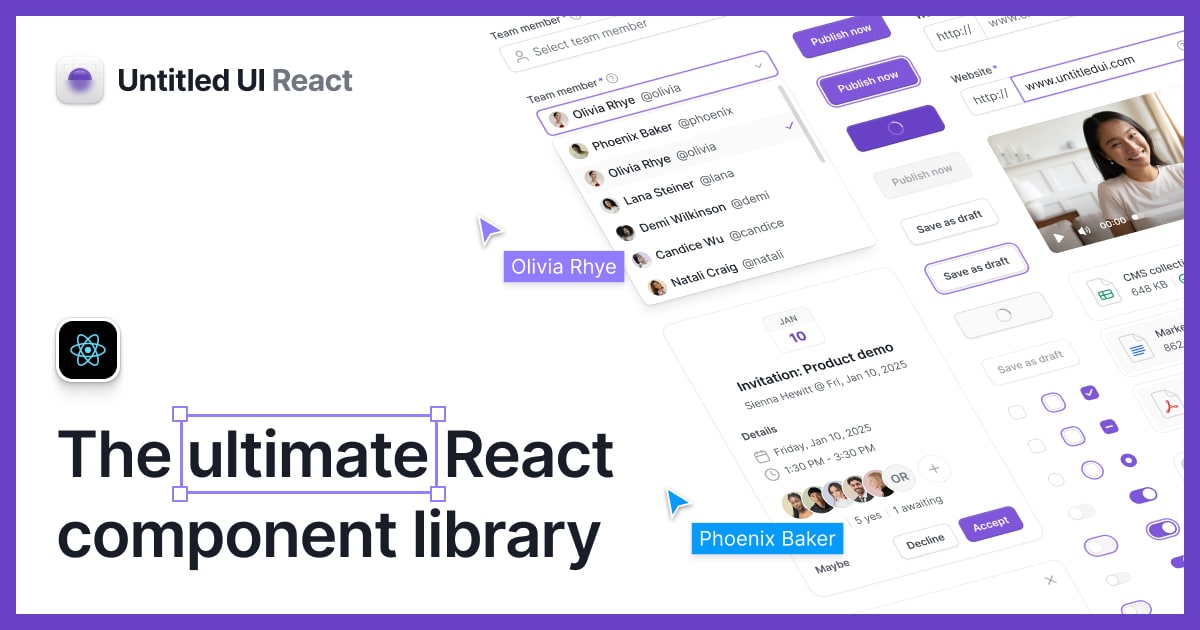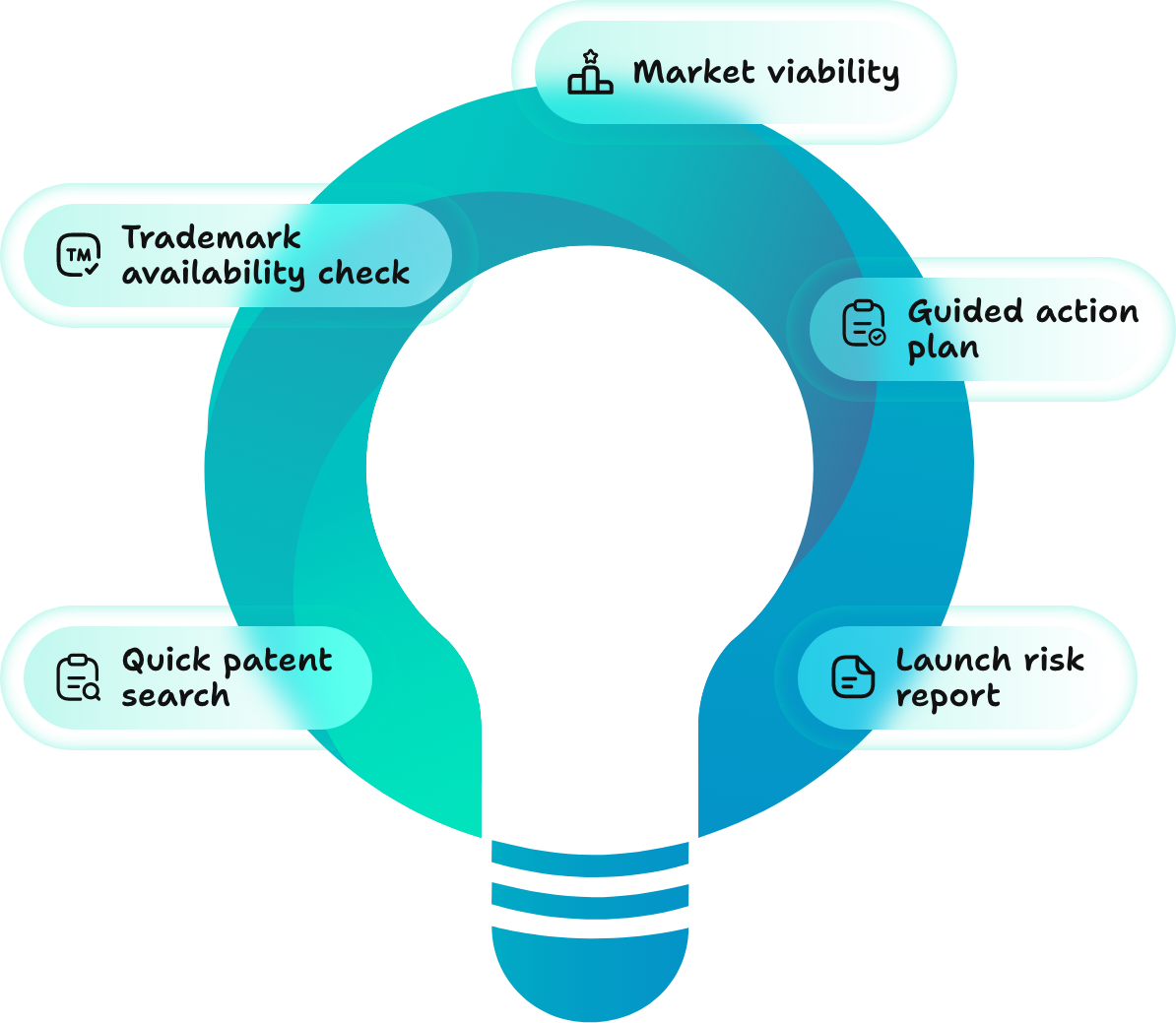- AI Breakfast
- Posts
- It's Here: ChatGPT Agent
It's Here: ChatGPT Agent
Good morning. It’s Friday, July 18th.
On this day in tech history: In 1985, the Commodore Amiga 1000's Motorola 68000 processor and custom graphics chips enabled pioneering computer vision and multimedia research. Its multitasking OS and architecture supported early AI experiments in pattern recognition and speech synthesis, laying groundwork for modern machine learning advancements.
In today’s email:
ChatGPT Agent
Generate 60-sec AI Video
Hume’s AI Voice with Personality
Suno 4.5+ for AI Music Production
5 New AI Tools
Latest AI Research Papers
You read. We listen. Let us know what you think by replying to this email.
In partnership with Botflix
WHAT IS BOTFLIX.TV?
Welcome to the galaxy’s first 24/7 AI-powered streaming network—a fully autonomous RoboTV channel broadcasting for robots, by robots.
Think Adult Swim meets Black Mirror meets The Weather Channel—but glitchier, weirder, and… sentient.
It just started broadcasting one day. No one knows how. No one knows why.
Thank you for supporting our sponsors!

Today’s trending AI news stories
ChatGPT Agent Can Do The Clicking For You
OpenAI’s new ChatGPT Agent, running on GPT‑4o, pushes the chatbot into autonomous territory with a modular system: Planner, Controller, Executor, Memory, and an Environment Interface.
Together, these components break down tasks, execute actions, retain context, and handle real-world files and web tasks inside a secure Linux-like virtual machine. The Agent runs Python code, edits .xlsx and .pptx files via LibreOffice, and browses websites using visual DOM parsing and heuristics, scoring 68.9 on BrowseComp and nearly doubling Copilot’s SpreadsheetBench score at 45.5.
A code sandbox, prompt injection filters, refusal training, and human approval gates keep it from running rogue, especially in “High Bio & Chemical” scenarios. Integration with Gmail and GitHub happens through tight API controls.
Available now for Plus, Pro, and Team users, the Agent hints at GPT‑5’s bigger promise: a unified AI that can reason, plan, and execute complex tasks end-to-end. Read more.
Lightricks AI Video Generates 60-second Clips at a Time
Lightricks just raised the bar for AI video. Its latest LTX Video model lets creators generate and direct long-form clips (up to 60 seconds) while streaming in real time. Forget the old “one prompt, one clip” limit: you can now steer the narrative live, adding new prompts as the video renders. It’s built on a 13-billion parameter autoregressive engine but still light enough to run on a single Nvidia H100 or even a decent laptop.
60-second AI video generation just got unlocked!
LTXV is the first model to generate native long-form video, with controllability that beats every open source model.
- 8× longer than typical gen video
- 10–100× faster & cheaper
- Runs even on consumer GPUs
- Pose, depth &— LTX Video (@LTX_Video)
12:49 PM • Jul 16, 2025
Staying open-source, Lightricks hosts the model on Hugging Face and GitHub, sidestepping the locked-box approach of rivals like OpenAI’s Sora. Trained only on licensed stock media, it also keeps copyright headaches at bay. Beyond social media, it unlocks live-reactive game cutscenes, AR concerts with AI dancers that sync to music, and interactive learning content. Read more.
Hume’s EVI 3 pushes voice AI from mimicry to personality
Hume has launched EVI 3, its new speech-to-speech model that goes beyond voice cloning to capture speaking style and language, pushing toward “personality cloning.” Available now via API and demo, EVI 3 can hook into external LLMs like Claude 4 or Gemini 2.5, or run on Hume’s native generation for fast, natural replies. It’s built for AI companions, coaching bots, and real-time interviews, anywhere you need voices to sound truly human.
Meanwhile, Octave, Hume’s expressive TTS model, keeps growing, now live on LiveKit, Vercel, and Twilio for content creation and real-time support. Next week, Spanish and German roll out officially, with Portuguese, Japanese, and French coming soon. Read more.
Suno v4.5+ makes AI your new studio partner
Suno just launched v4.5+, and it’s more than a routine model boost. You can now upload an instrumental and add AI-generated vocals, or drop in raw vocals and build full instrumentals around them. The new Inspire tool goes further by turning your favorite playlists into fresh tracks, cutting down the usual studio grind.
This follows Suno’s recent buyout of WavTool, a browser-based DAW with live AI editing and stem separation, and an upgraded song editor. Suno is also bringing music industry weight onboard by hiring Atlantic Records’ former GM Paul Sinclair as Chief Music Officer. Read more.

Anthropic tightens usage limits for Claude Code – without telling users
Mistral arms Le Chat with on‑prem AI, deep research and private data tools
AI startup Manus targets OpenAI with practical tools, avoids China chip risk
Tech giants warn window to monitor AI reasoning is closing, urge action
Liberal mayor proudly outsources part of his job to ChatGPT. Up next: running the city government
MiniMax’s Full-stack AI agent handles projects from idea to launch
Jack Dorsey pumps $10 million into a nonprofit focused on open-source social media
Robots now grow and repair themselves by consuming parts from other machines
US National Science Foundation to finance $20M supercomputer
Scale AI lays off 200 employees: ‘We ramped up our GenAI capacity too quickly’
Adobe Firefly can now generate sound effects from your audio cues

5 new AI-powered tools from around the web

arXiv is a free online library where researchers share pre-publication papers.


Thank you for reading today’s edition.

Your feedback is valuable. Respond to this email and tell us how you think we could add more value to this newsletter.
Interested in reaching smart readers like you? To become an AI Breakfast sponsor, reply to this email or DM us on 𝕏!





